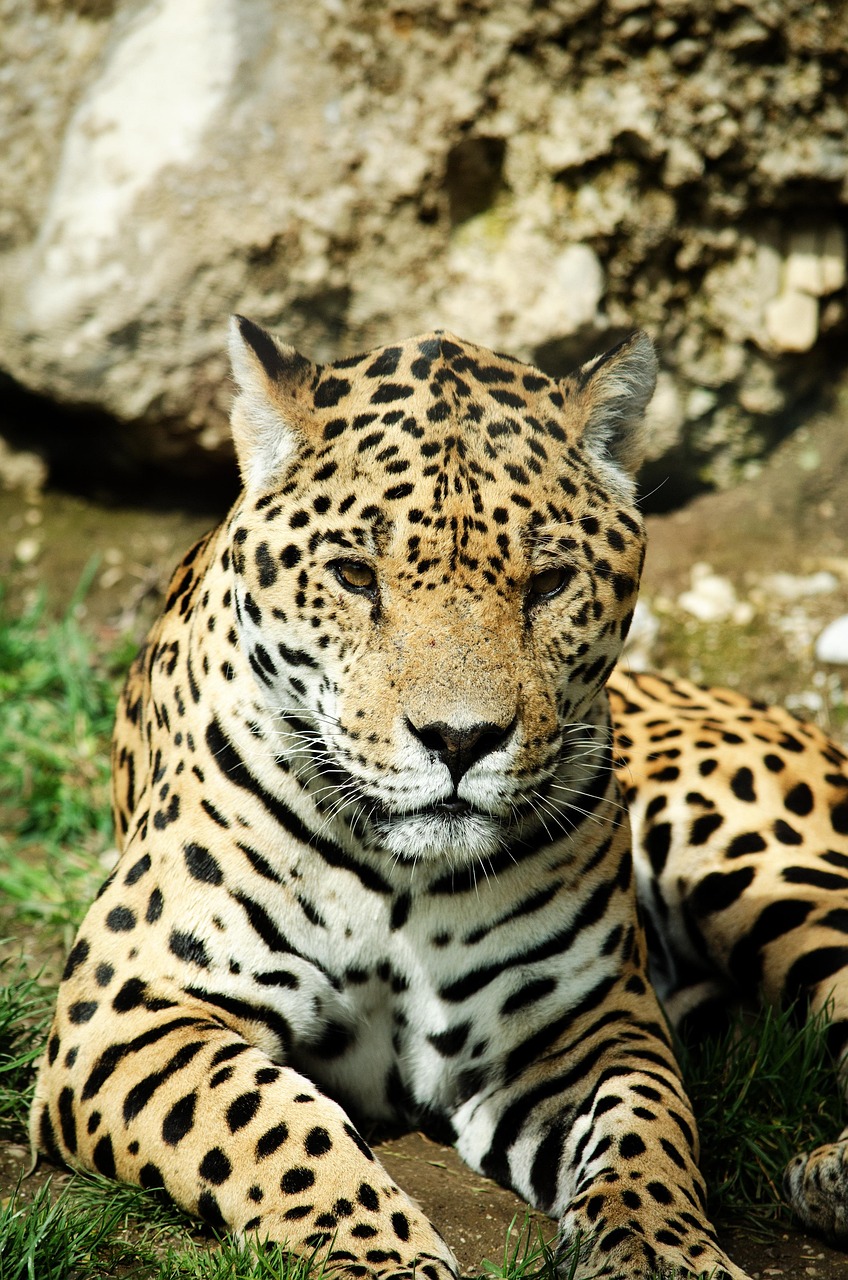Understanding the Ecological Importance of Jaguars in Tulum
Jaguars (Panthera onca) are integral components of the ecosystems in Tulum, Mexico. As apex predators, they play a vital role in maintaining the balance of their habitats by controlling the populations of other species. These magnificent felines are also keystone species, meaning their presence is essential for the health and stability of ecological communities. Unfortunately, jaguars face numerous threats, including habitat loss, poaching, and conflicts with local communities. To address these issues, local communities in Tulum are actively engaging in conservation efforts through education.
The Role of Local Communities in Conservation
Tulum, surrounded by lush jungles and pristine coastlines, boasts an extraordinary biodiversity. As tourism flourishes, the pressure on local wildlife, including jaguars, increases. Local communities have recognized the necessity of preserving their natural heritage while simultaneously promoting sustainable tourism. They understand that a healthy population of jaguars not only benefits the ecosystem but also enhances the region’s attractiveness for ecotourism.
Educational Programs on Wildlife Conservation
Education is a powerful tool for fostering a sustainable relationship between local communities and wildlife. Various educational programs in Tulum aim to raise awareness about the importance of jaguars and the challenges they face. These programs are tailored to different age groups and demographics, ensuring that people of all backgrounds engage with conservation efforts.
-
School Programs: Local schools have incorporated wildlife education into their curriculums. Students learn about jaguars’ role in the ecosystem, their biology, and the threats they face from human activities. Through interactive workshops, children participate in activities such as art projects, storytelling, and field trips, which cultivates a sense of ownership and empathy towards local wildlife.
-
Community Workshops: Workshops aimed at adults focus on sustainable practices that minimize human-wildlife conflict. Participants learn about the ecological significance of jaguars and the repercussions of poaching and habitat destruction. These workshops provide practical strategies for coexisting with wildlife, such as creating wildlife corridors or using non-lethal deterrents to keep jaguars away from livestock.
- Conservation Awareness Campaigns: Collaborations with NGOs and conservation organizations provide Tulum’s residents with resources to organize public awareness campaigns. Activities such as street fairs, community clean-up days, and educational booths at local markets engage the wider community. These campaigns often include visual aids, informational pamphlets, and community discussions that highlight the importance of protecting jaguars.
Involvement of Local Indigenous Communities
The indigenous communities around Tulum, including the Maya, have a deep cultural connection with the land and its wildlife. Many Mayan myths and stories incorporate jaguars as symbols of strength and protection. This inherent respect for the jaguar is harnessed by conservationists to foster a community-driven approach to education. Elders often participate in storytelling sessions that instill respect for flora and fauna in younger generations.
Building Partnerships with Conservation Organizations
Many initiatives in Tulum collaborate with national and international conservation organizations. These partnerships provide funding, expertise, and resources to develop effective educational materials and conservation strategies.
-
Jaguar Conservation Program: The Jaguar Conservation Program in Tulum focuses on habitat preservation and anti-poaching efforts while educating local communities. Through funding and training, the program empowers community members to become “wildlife guardians,” who monitor local jaguar populations and potential threats.
- Wildlife Corridors: Creating wildlife corridors is essential for maintaining genetic diversity in jaguar populations. Local communities are educated about the importance of preserving natural areas and creating pathways that connect fragmented habitats. Understanding the ecological benefits of these efforts encourages community support for conservation programs.
Promoting Eco-Tourism as a Conservation Strategy
Eco-tourism is a growing sector in Tulum, and local communities are beginning to leverage this for conservation purposes. By educating tourists about jaguars’ ecological role and the threats they face, communities promote responsible tourism that contributes to conservation efforts.
Visitors are often offered guided tours that include educational narratives about local wildlife and the importance of species like the jaguar. Revenue from eco-tourism can be reinvested into local conservation initiatives, providing financial incentives for communities to engage in sustainable practices.
Success Stories from Local Conservation Efforts
Several notable success stories have emerged from Tulum’s conservation initiatives. For example, the reintroduction of jaguars into certain protected areas illustrates the effectiveness of community-led programs. Through education and active participation, local communities have seen a resurgence in both jaguar sightings and populations in certain areas.
Additionally, community-led patrols have significantly decreased poaching incidents. The involvement of residents in wildlife monitoring has cultivated a sense of pride and responsibility, further strengthening community ties with conservation.
The Future of Jaguar Conservation in Tulum
Continued educational efforts will be crucial for the long-term protection of jaguars in Tulum. As environmental challenges evolve, so must the strategies employed by local communities. Ongoing workshops, expanded school programs, and targeted campaigns will ensure that jaguar conservation remains a priority.
Furthermore, fostering a culture of conservation among younger generations will be key to ensuring that the legacy of jaguar protection persists. By nurturing a deep-rooted respect and understanding of these apex predators, Tulum’s communities can continue to thrive alongside their ecological companions.
Conclusion: A Collective Effort
The protection of jaguars in Tulum exemplifies the wisdom inherent in combining education with community engagement. The synergy of local knowledge, cultural respect, and modern conservation techniques creates a robust framework for future conservation efforts. By ensuring that both residents and visitors appreciate the vital role of jaguars in their ecosystem, Tulum’s communities are paving the way for a harmonious coexistence with one of nature’s most iconic species. Through continued dedication to education and sustainable practices, Tulum shines as a beacon of wildlife conservation on the global stage.







